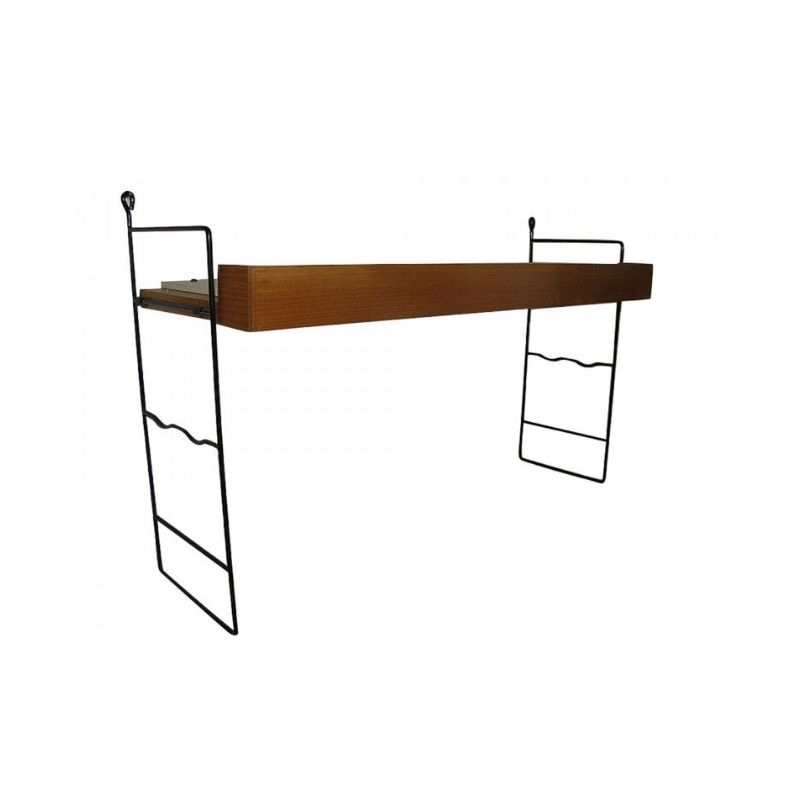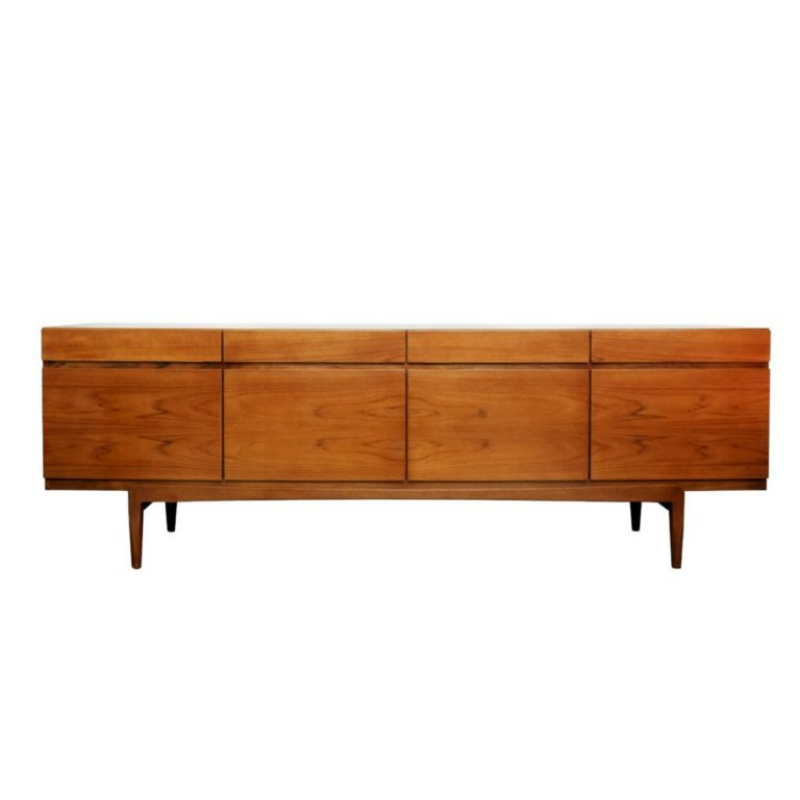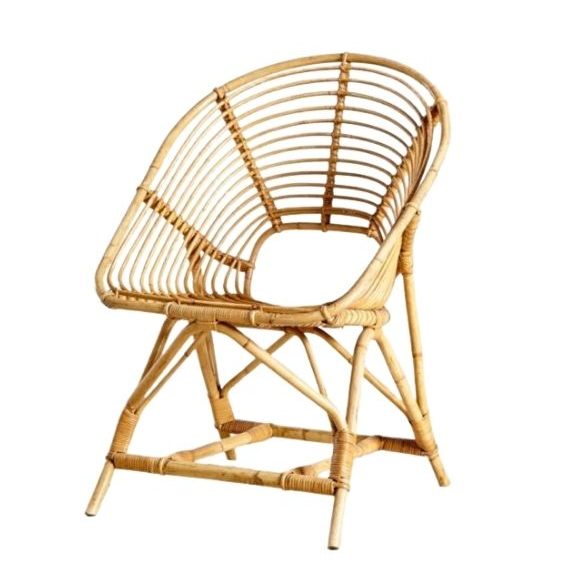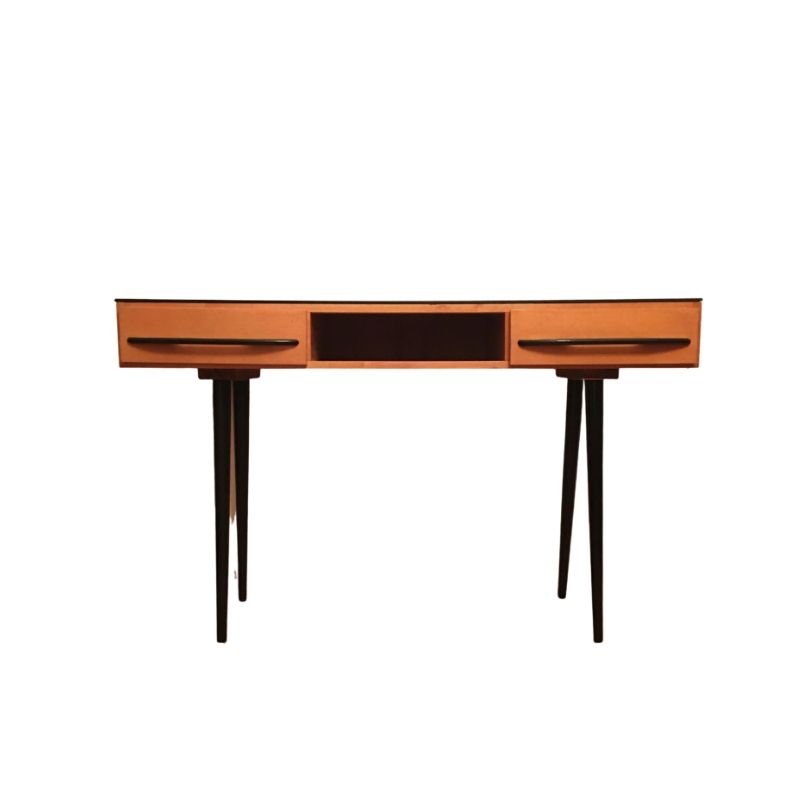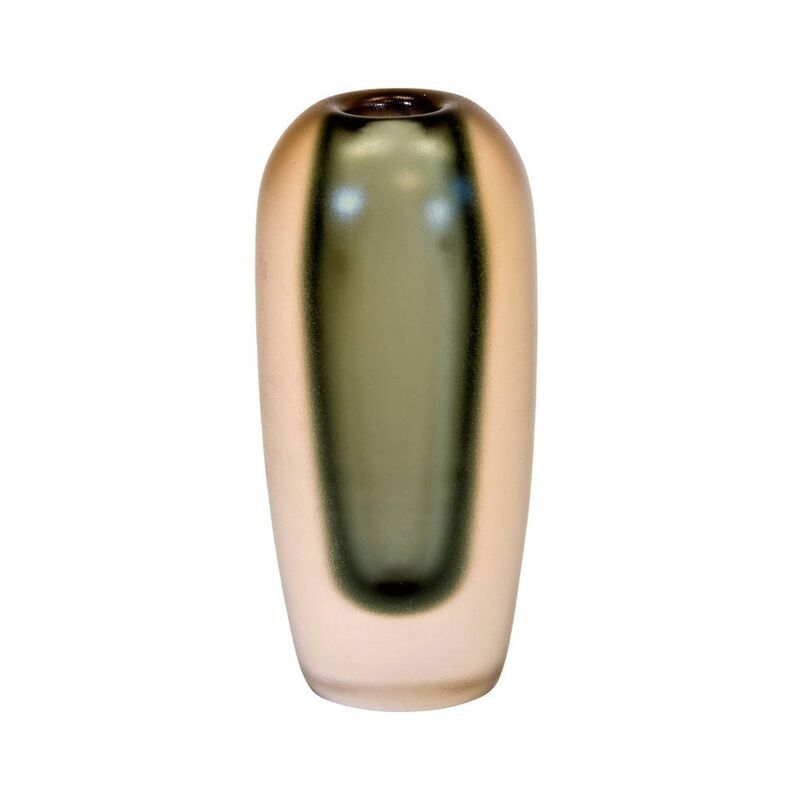Could someone please educate me a little on Dansk? Are the desireable pieces only the ones marked Denmark? It seems like I've seen Dansk marked Japan, China, USA, etc. There is such an enormous amont of Dansk products out there I really need some guidance. Most of it seems too new to be vintage modern era. I've passed on most the Dansk things I've run across, but I did pick up a Dansk tray only because it was marked Denmark.
Too many Dansk products . . .
. . . to provide a concise response. However here are some good DA discussions on them.
http://www.designaddict.com/design_addict/forums/index.cfm/fuseaction/th...
And . . .
here's a third one. Many more if you do a search.
http://www.designaddict.com/design_addict/forums/index.cfm/fuseaction/th...
I don't know what you may...
I don't know what you may have gleaned from the other posts. They seemed to me to have treated the concept of "Dansk" rather tangentially.
The word "Dansk" is Scandinavian for Danish. The Swedes and Norwegians and Danes use the same word. So if you want to be stringent, if it ain't made in Denmark, it ain't Dansk. Now, what follows is strictly my story and I will stick to it.
If you have been around the block, you will know that the word Dansk/Danish is used pretty liberally. I have seen some stuff called Danish which would made a Dane go off beer - and that is saying a LOT. There is a lot of great Swedish, Finnish and Norwegian furniture which is loosely called Dansk.
Dansk and Danish modern have - for better or worse - been greatly influenced by Kaare Klint; the first professor of furniture design at the Danish design academy. Like him or hate him , he pretty much set the agenda for what came afterwards. He influenced everybody (except Finn who did not like him and maybe Peder Moos and Wegner who were just too good, and Swedes who never listen to Danes anyway). I think he totally destroyed the creativity in Mogens Koch and Ole Wanscher who took up the mantel after him (Klint).
So why focus on Denmark? Well, the quality of the workmanship during the 40's through 60's is uncompromising (in general). That said, the quality of the Swedish and Norwegian stuff during that time was also very good but tending in slightly other directions.
So stick with real "Danish" for the start. Then get more adventursome and look at the other countries - Aalto, Ekström, Mattsson, Kayser, OPE, Trensum, Rastad & Relling. Then look pre-Klint in those countries at Lassen, Kindt-Larsen, G.A. Berg (in Sweden). Then look at the outliers like Verner Panton, Peder Moos and of course Finn Juhl.
This is a very rich vein to mine. Start orthodox and branch out. You will find you own taste and passion.
The most highly sought after ...
The most highly sought after wood pieces are from their "rare woods" line. Also the rare forms of the early pepper mills with the metal Peugeot grinding mechanisms. Lastly, anything marked Danmark as opposed to Denmark is usually desireable.....Oh and then there's the "pineapple" iron candle holder and all the flatware....but that's a story for another day. Lastly, do yourself a favor and buy/rent and watch "A saucepan for my Wife" I have linked the trailer below.
http://www.youtube.com/watch?v=3xVo5_t5rNU
Only an American.......
Only an American.......
http://www.nytimes.com/2009/08/04/arts/design/04nierenberg.html?_r=0
I'm sure that to
Nierenberg, the word "Dansk" did not have anywhere near the weight that it does in Denmark. To Americans, it's a lovely-sounding and -looking word that strongly connotes Scandinavia. Plus, he was responsible for tons of beautiful Danish Modern housewares that are still available here in the US on the secondary market, so I can forgive him anything!
If you need any help, please contact us at – info@designaddict.com



